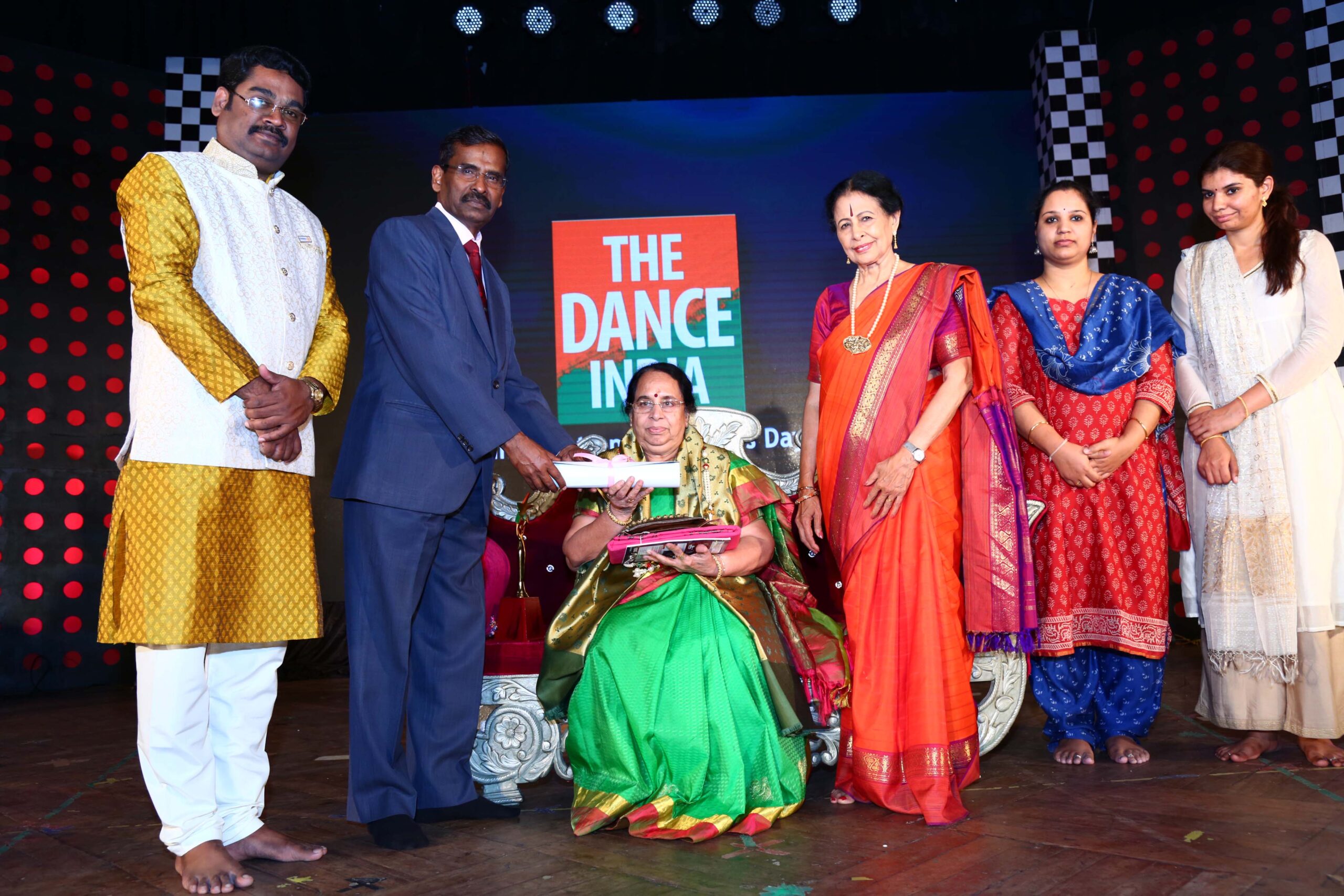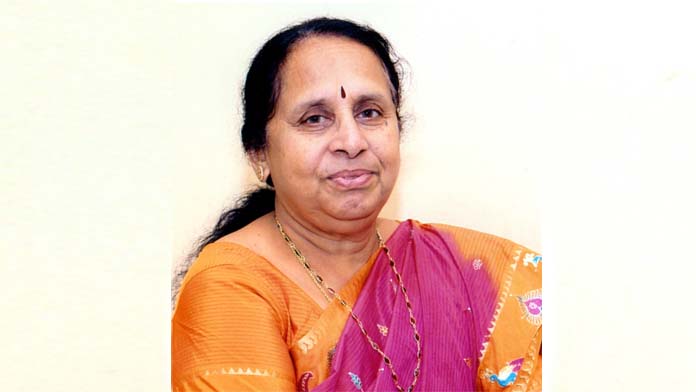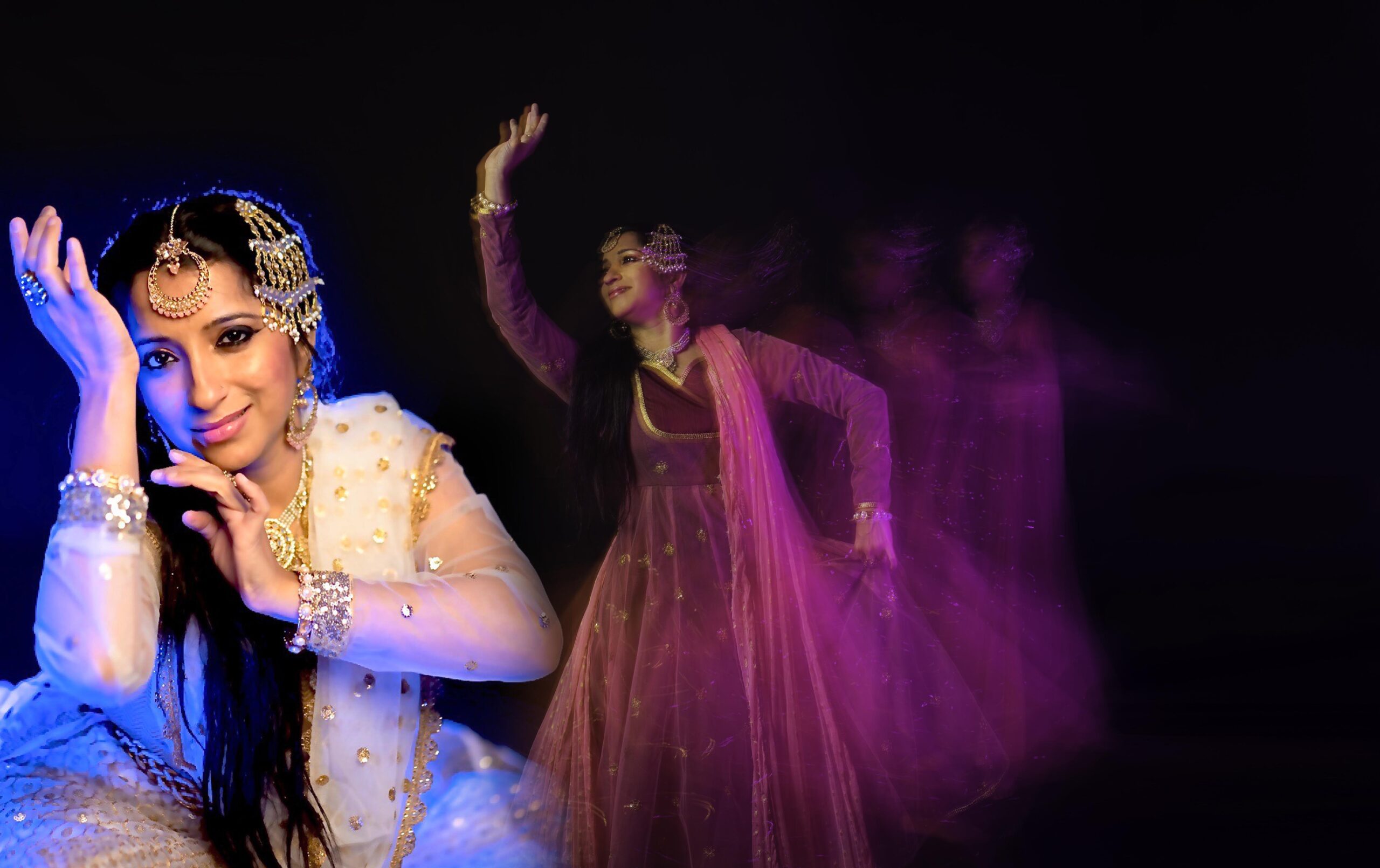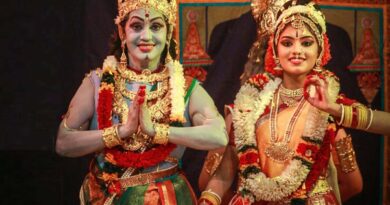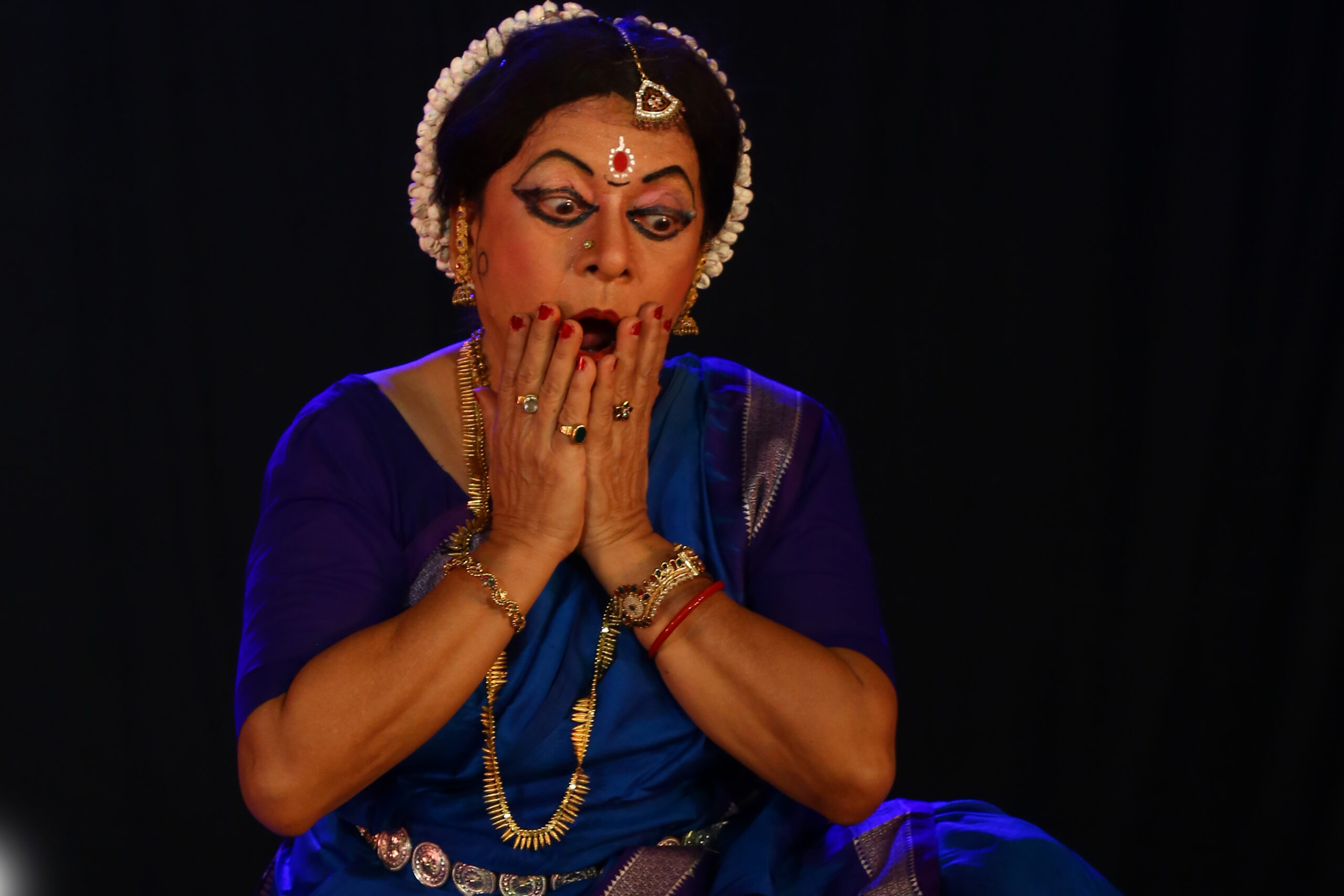The Hallmark of ‘Simhanandini’: Voleti Rangamani
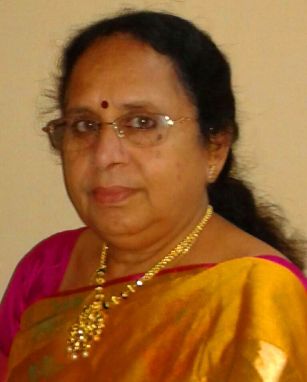
Text: Paul Nicodemus
The hallmark of ‘Simhanandini’: Voleti Rangamani
Dance is a form of art, which will communicate in social, mythological and historical ways. Indian classical dances are of many forms like Bharatanatyam, Kuchipudi, Odissi; out of which Kuchipudi has a prominent place of its own.Kuchipudi dance occupies a divine place among the dance forms, where the temple ritual dances are utmost pristine and thrilling among the Kuchipudi dance form. Such pious dance which is creative and pure is still being practiced and promoted by the true ‘Torch bearer’ of the traditional dance, the prestigious Hamsa ‘Kalaratna’ awardee, Voleti Rangamani. In an exclusive with the ‘The Dance India’, she shared her views and contribution on the art form and its development.
About half a century ago, renowned Kuchipudi Guru C.R. Acharya found it worthy to highlight the ‘Simhanandini’ episode from Kuchipudi which was practiced by the devadasis of kingdoms. He taught this art form to his four year old daughter Voleti Rangamani, who later expanded its repertoire and made it popular in India and also in the West. Many people had learned Kuchipudi, but only people like Smt. Voleti Rangamani has mastered the dance form in a unique way.
Hailing from Eluru, West Godavari district, Andhra Pradesh Rangamani was born in the 1955 to the famous Kuchipudi Guru C.R.Acharyalu, who dedicated his whole life to dance. He was the first person to create such creativity through dance form which appealed to the audience more because of the technical element involved in drawing with feet pictures of a ‘lion’ or a ‘peacock’ or a ‘lotus’ on a canvas after smearing the feet with coloured powder and dancing rhythmically. These are called ‘Simhanandini ’, ‘Mayura Kautvam ’, and ‘Mahalakshmi Udbhavam’, which were part of ‘Alaya Nrityas’ (temple dances), presented by Devadasis. During Brahmotsavas, these figures are drawn by his students on the path of the chariot of the lord as it will pass over these figures.
Rangamani as a child was a keen observant while her father taught his students, which overwhelmed her to make a choice of learning dance. Her mother, who was also a dance enthusiast and good singer, helped her in performing difficult steps and sang while she performed. After the learning and practicing, she used to take part in the programmes conducted by her father. She was also given an opportunity by her father to teach dance to his students by performing several time, so that the students can learn from her, which also helped to improve her dancing skills.
Initially, Rangamani used to learn the standard steps and tricks from her father and then teach them to the students. She gradually learnt talas, ragas, and choreography. When her father was invited by the great dancer “Mrunalini sarabai” from Ahmedabad to teach Kuchipudi dance items, Rangamani also accompanied him for assistance. She underwent rigorous training under Bhrahmasri Vendantham Prahlada Sharma at Eluru and obtained proficiency in traditional Kuchipudi repertoire. The learning saga continued in Rangamanis’s life even after her marriage, as her husband co-operated and encouraged Rangamani to continue with her dance to the greater heights.
In her view of dance in current scenario, she opines “Dance is a traditional art which everyone should follow the rules and regulations of it.” Inspired by her father Rangamani became a perfect dancer and also trained her daughter, Sri Rekha Voleti to contine the family tradition. Rangamani is also trying to fulfil her father’s desire, by training many students and thus propagating the tradition worldwide. If we follow all the traditional values and rules, then only the art of dance can survive and flourish. If the dance has to be worshiped as art there should be some plans to carry it on. These rules and values were followed by her father.
Her father, Acharyulu was also a Sanskrit scholar and had a great command on the language. He was inspired by the way “Yakshaganas” were performed and was curious to learn the ballet. He lived in Nuzivid, Krishna District, Andhra Pradesh which is very near to the Kuchipudi village and walked daily to the village everyday to learn dance. He joined under the tutelage of Vedantam Lakshmi Narayana and learnt many arts like “Javalis”, “Padalu”, “108 Karnas” and many more.
Subsequently, Rangamani also learnt these from her father as she was very much interested in carrying forward these traditional dances and spreading it all over the world. So, she flourished “Abhinaya Darpana Arts Academy” and gave training in all these arts through her organization. She prepared social, mythological and historical ballets and conducted many programmes.
Rangamani has been doing research on ancient ‘Devadasi culture’ by travelling all over the South India. She started a ‘Simhanandini Charitable Trust’ in 1998 for providing financial help to the needy and aged Gurus of Kuchipudi. She also authored the biography of her father in telegu the book titled “Nritya Samhita” to bring awareness of his contributions towards Kuchipudi. Later, the same was translated into English “Guru C. R. Acharyalu – his life and his art”. Acharyalu started “Abhinaya Darpana Arts Academy” to propagate all the arts to the students and made them to perform on stage.
Speaking about the significance of the art form in the cultural fabric of India, Rangamani said that “In Ancient time, when there was no television and cinema medium, it was the golden era for performers to entertain public; ‘Kuchipudi Bhagavathalu’ group used to travel from place to place and perform ballets on mythological stories and Indian historical events. Through such performances, the common man became aware of the historical epics and was also a mode of entertainment to many.” She also believes that ‘the main aim of any art form is to propagate knowledge on various topics to all. It also provides peace of mind, mental and physical stability as it is equivalent to yoga.’
In view of experiments and fusion and its effect on the purity of the dance tradition, Rangamani opines that experiments and fusion are commendable, when they are followed by the traditional style maintaining the sanctity. She also claims that through various ballets and songs on such as on pollution, cleanliness, food impurities, child labour, there is a variedscope for spreading awareness to many, thus serving the society and environment through the dance form.
Art form and traditions can be learnt and even compared. Rangamani says that, “Dance festivals are excellent medium of exposure, where artists are able to meet, interact and share ideas with various renowned dance gurus coming from various places.
For her extensive contributions and dedication to the field of Kuchipudi, Rangamani received many awards like “Surya Chandra Ugadi award” titled “Kalamani” in 1995, “Durgabai Deshmukh award “in 1996 from Abhinandana, “Guru Shishya Puraskaram” in 1997 from Vamsee Raga Sapta Swaram, “Telugu Panduga award” in 2001 from Andhra Pradesh Adhikara Bhasha Sangham , “Women of the year-2003” by Sanathan Dharam Vijaya Pratishtan,New Delhi, “Senior fellowship” by Ministry of Culture from Government of India in 2011 , “Ugadi Purashkaram” in 2011 and “ Hamsa (Kalaratna) Award in 2012 from Government of Andhra Pradesh. Twice, Rangamani was awarded with “Lifetime Achievement Award” by Yuva Kalavahini Association in 2015 and Vamsi Arts Theatre Association in 2016. Tyagaraja Gana Sabha had awarded her Ugadi Purashkar in 2017Expressing her wish to see herself in the years to come, Rangamani with a smile on face and great confidence says that, “she would like to remain as a fine and dedicated guru to many students who seek her for training”, which is a superior quality of a true ‘Torch Bearer’.
Gallery :
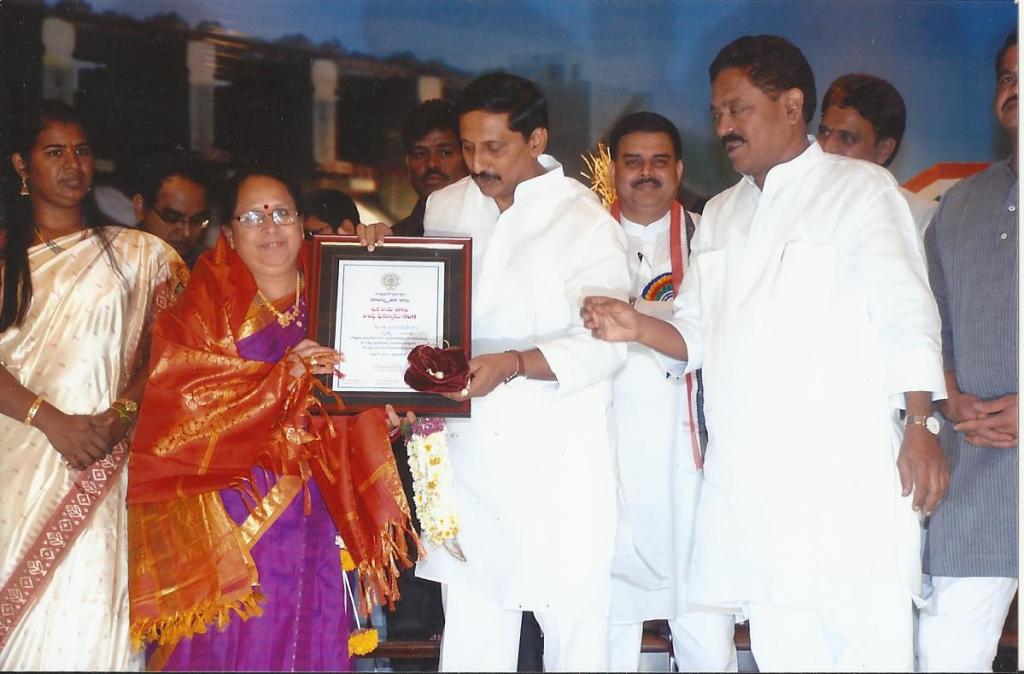
Ugadi Award 2011 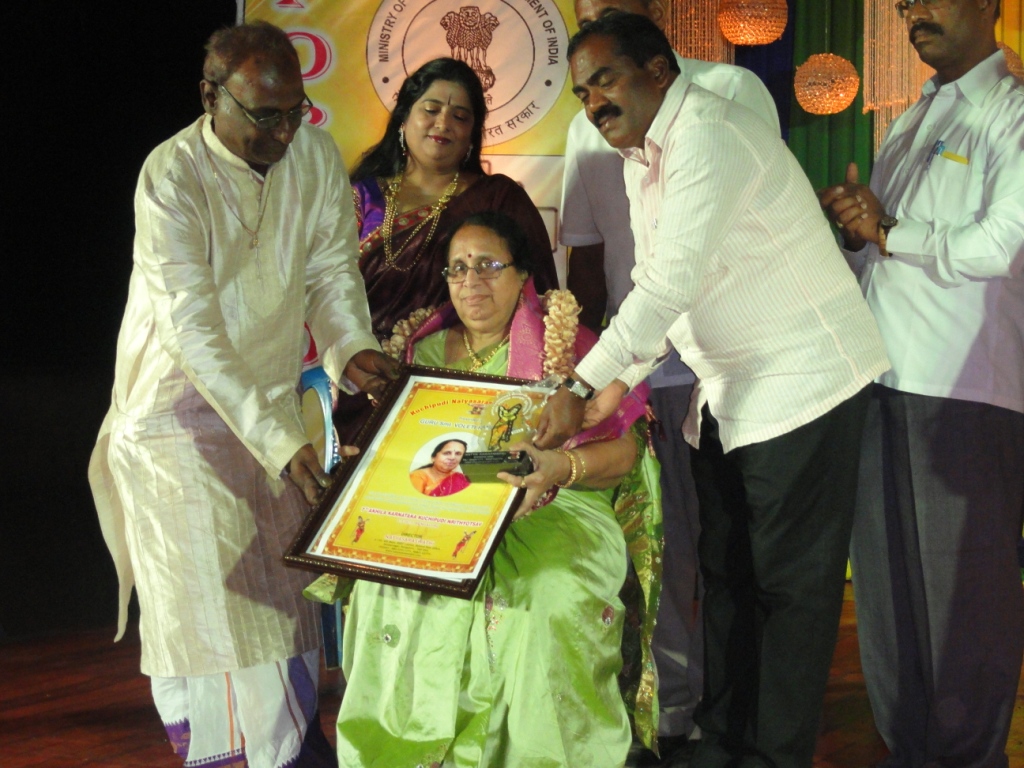
Kuchipudi Natya Saraswati Award 2015 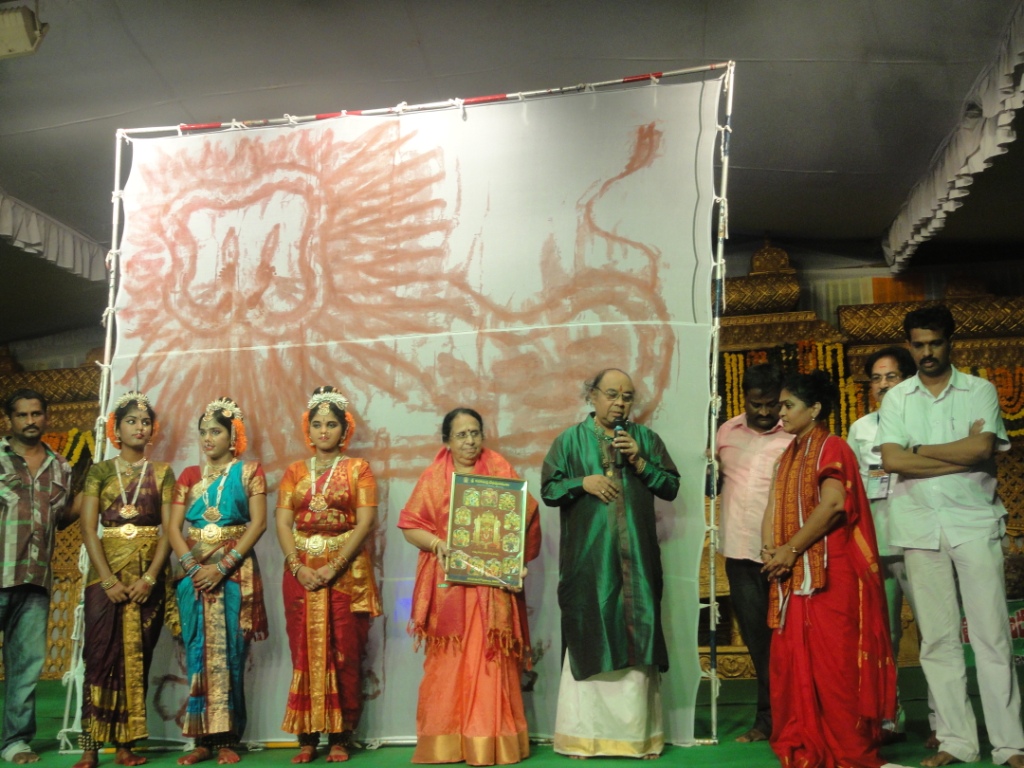
18 Vijayawada Kanaka durga temple 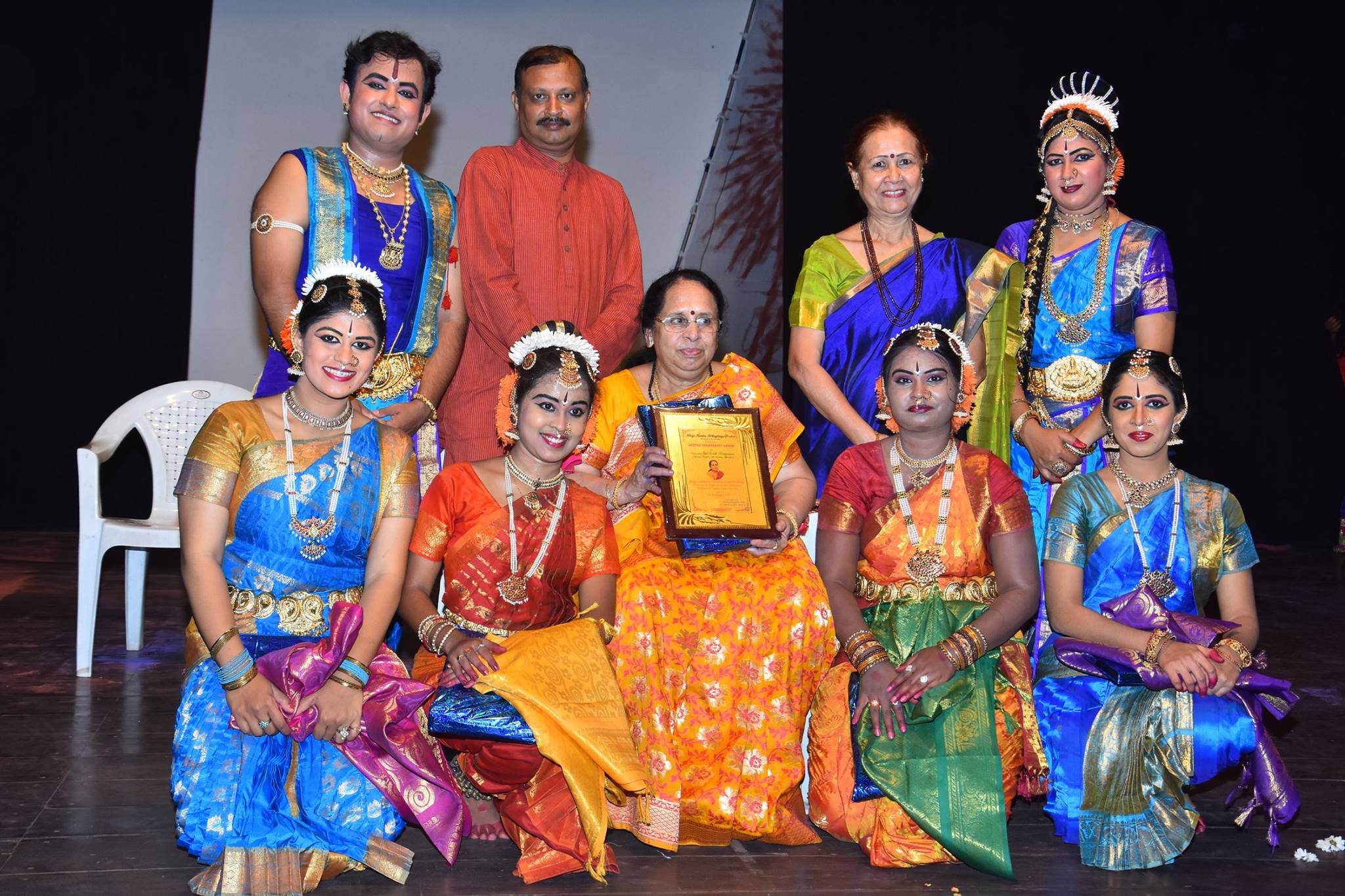
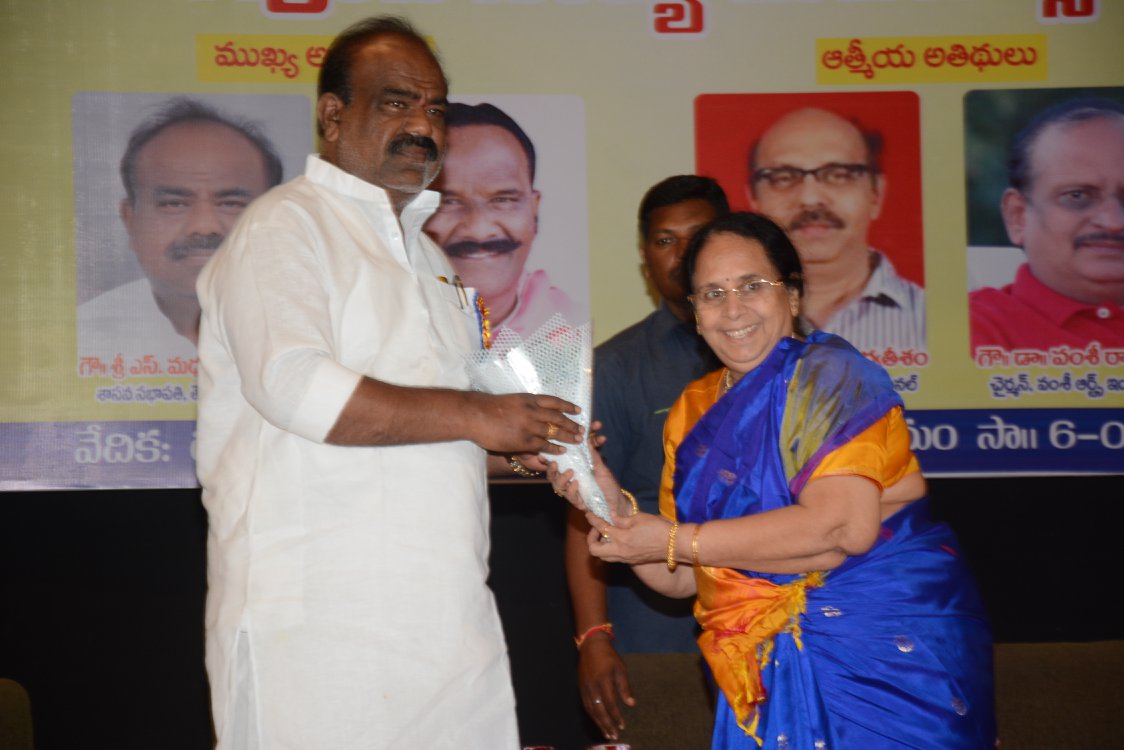
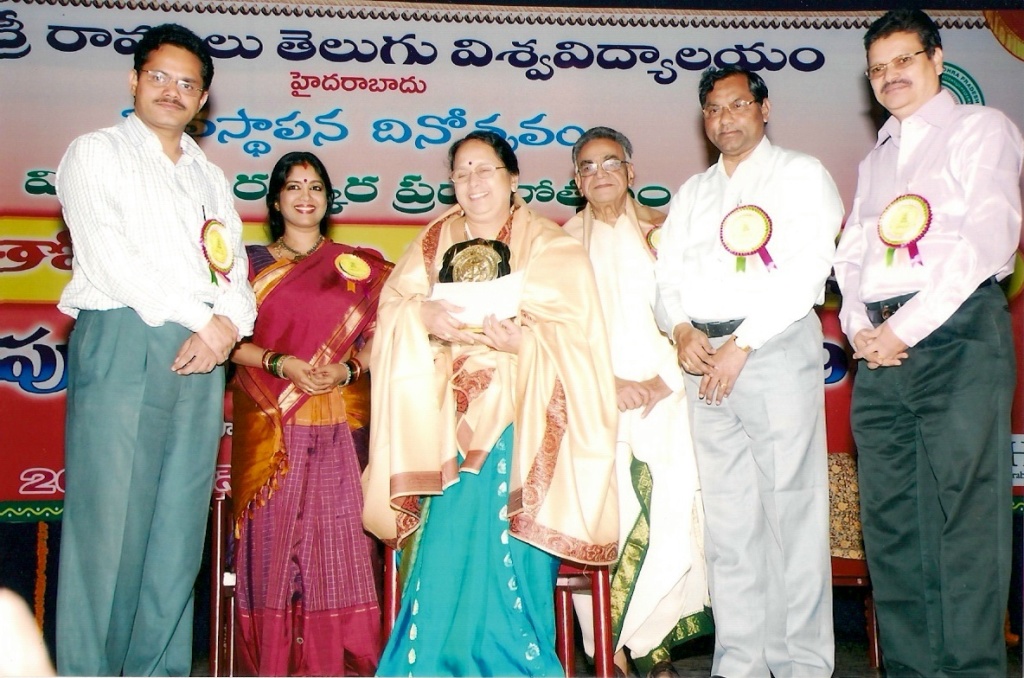
Felicitation byTelugu University 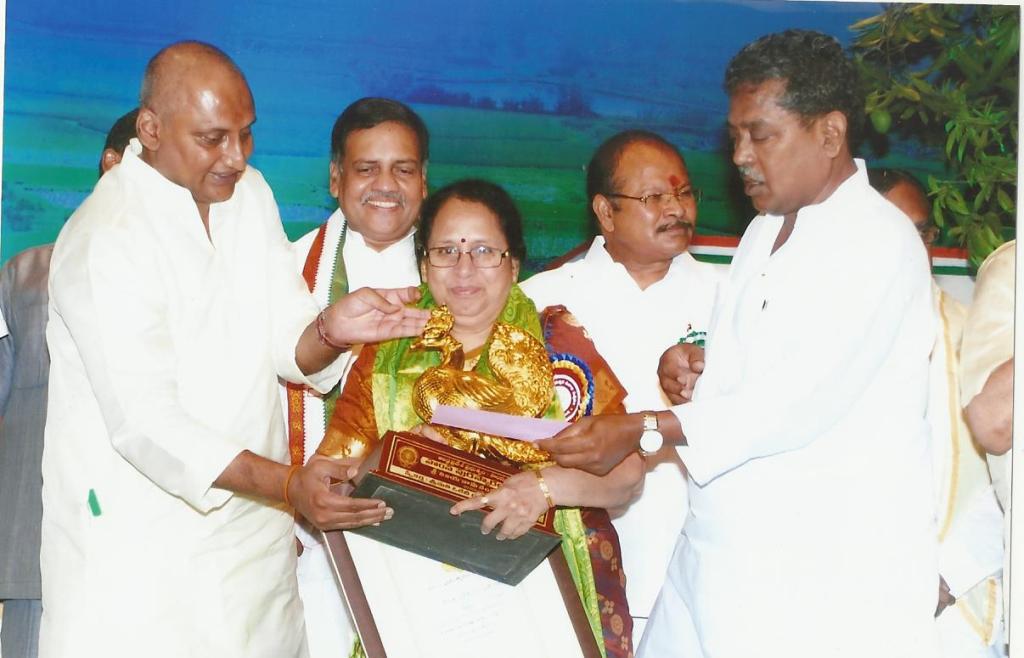
Former Chief Minister, N. Kiran Kumar Reddy presenting Hamsa award 2013 to Voleti Rangamani 
26 Simhanandini 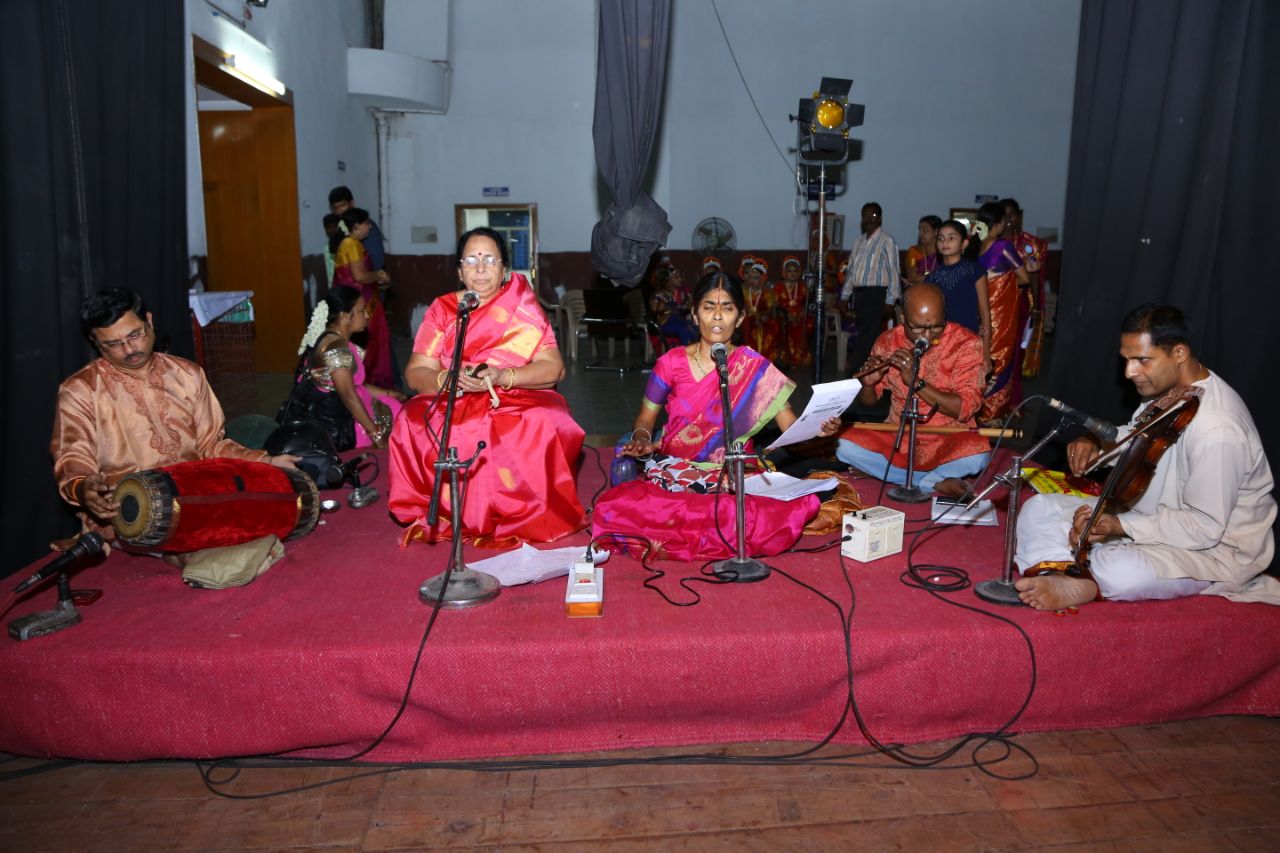
Voleti Rangamani playing Natuvaganam 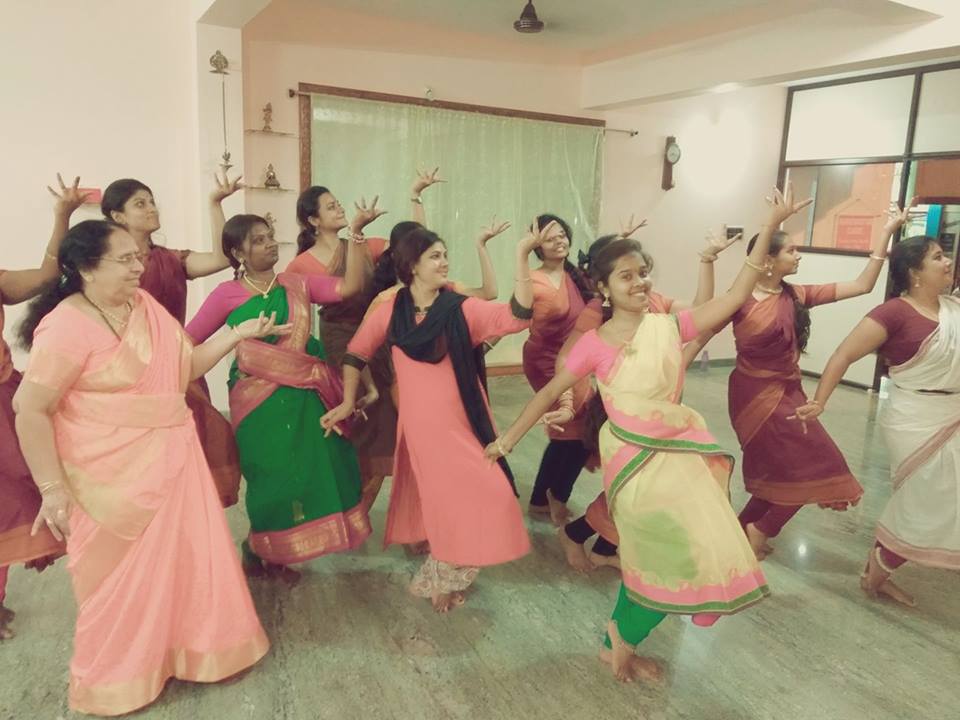
Workshop at Bangalore 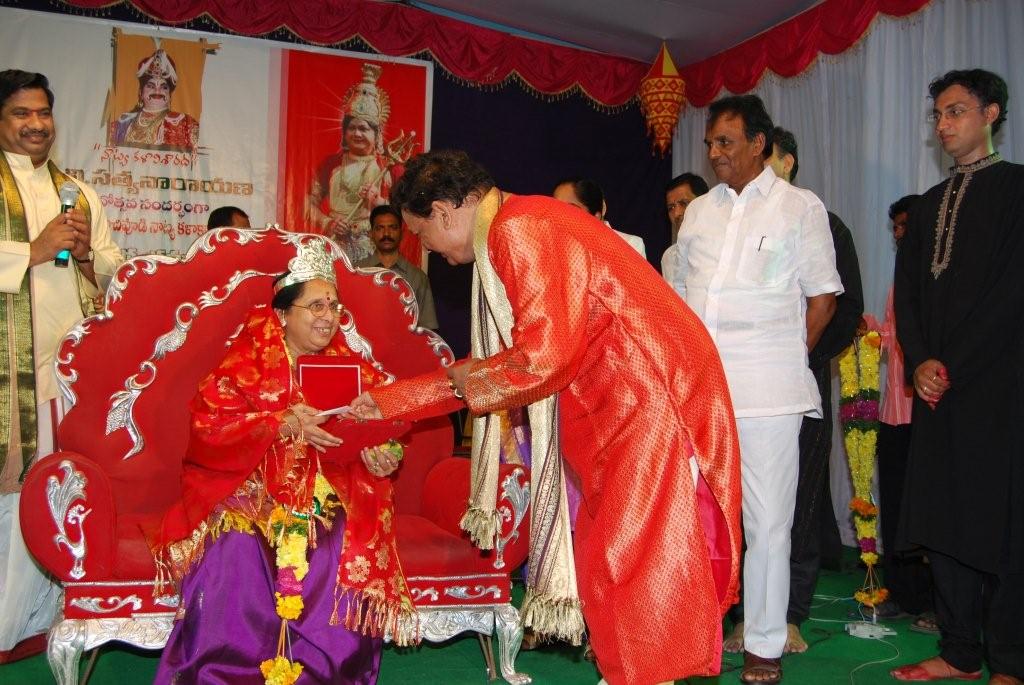
KVS Award 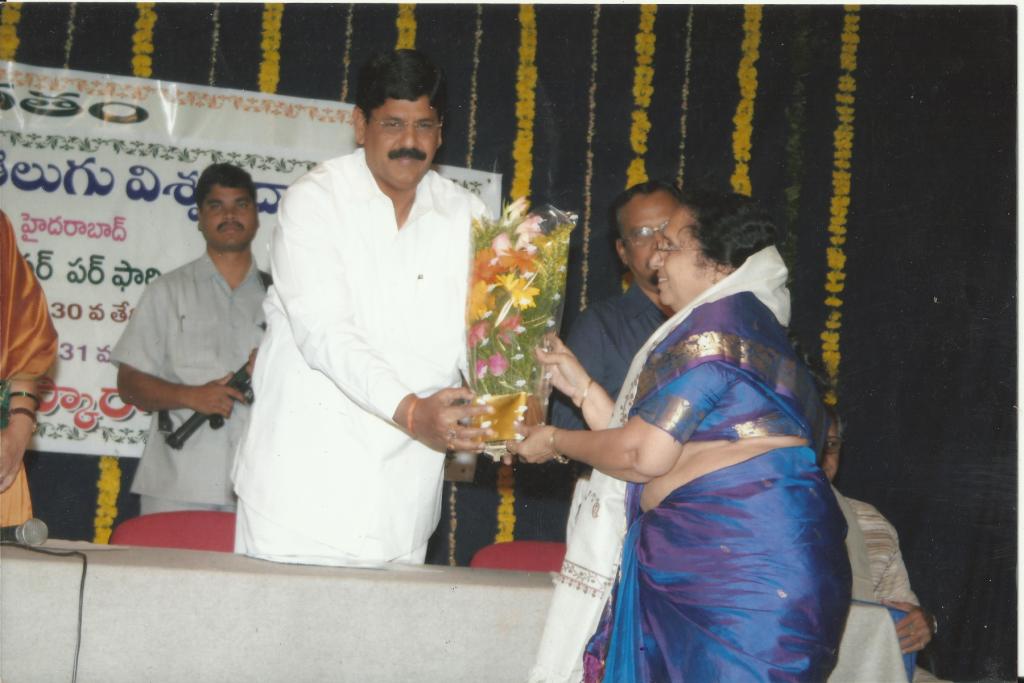
08 Sanmanam 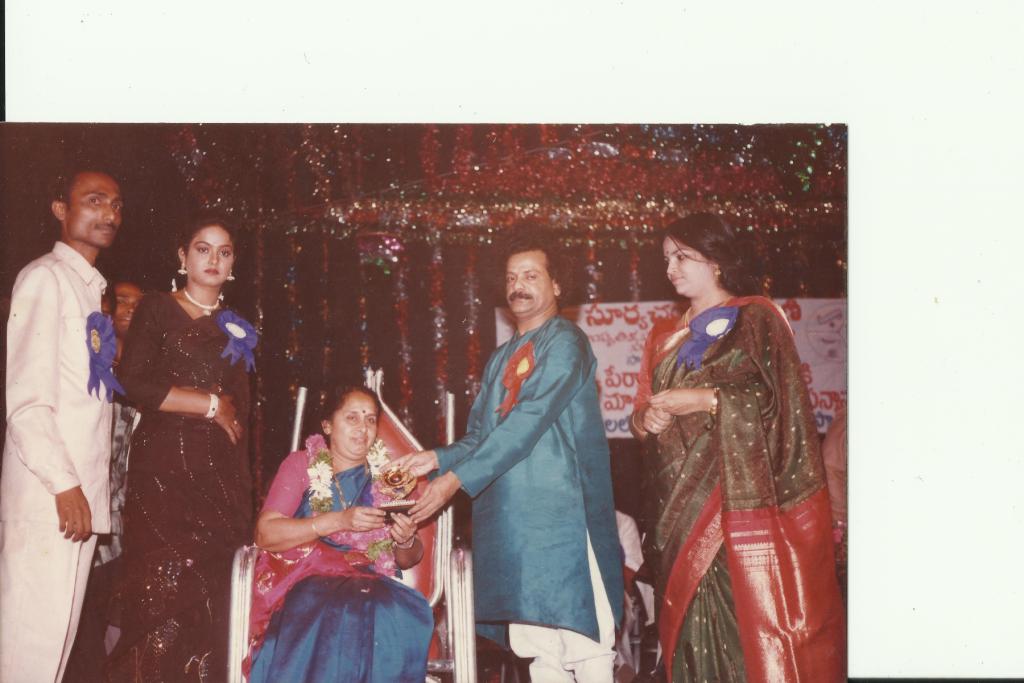
09 sanmanam 
10 sanmanam 
11 sanmanam 
12 sanmanam 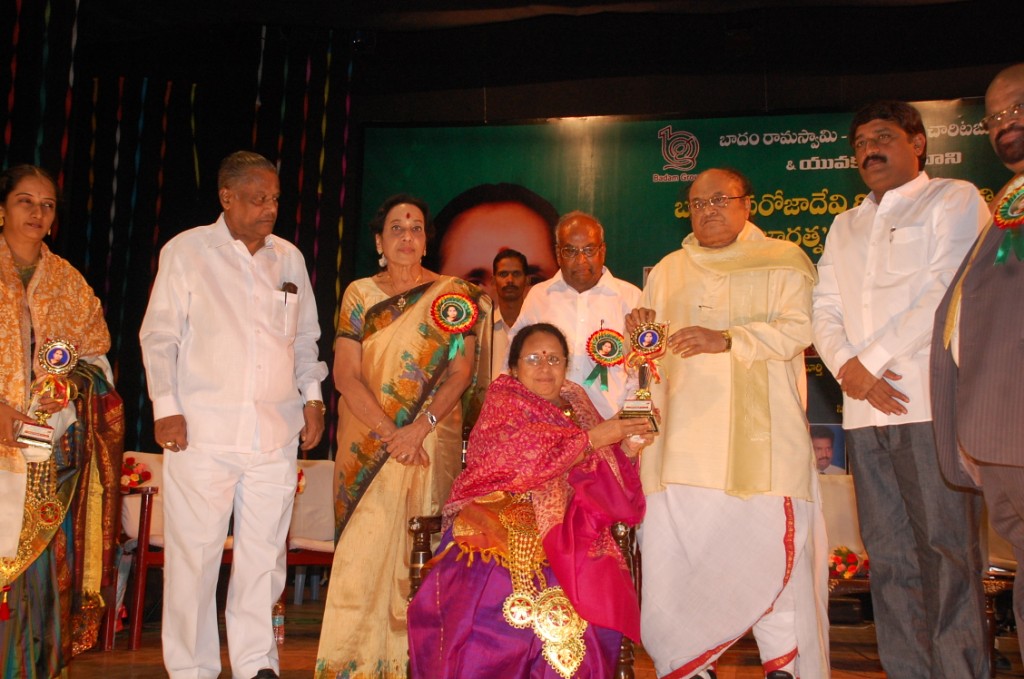
13 Mahila Ratna Puraskaramu 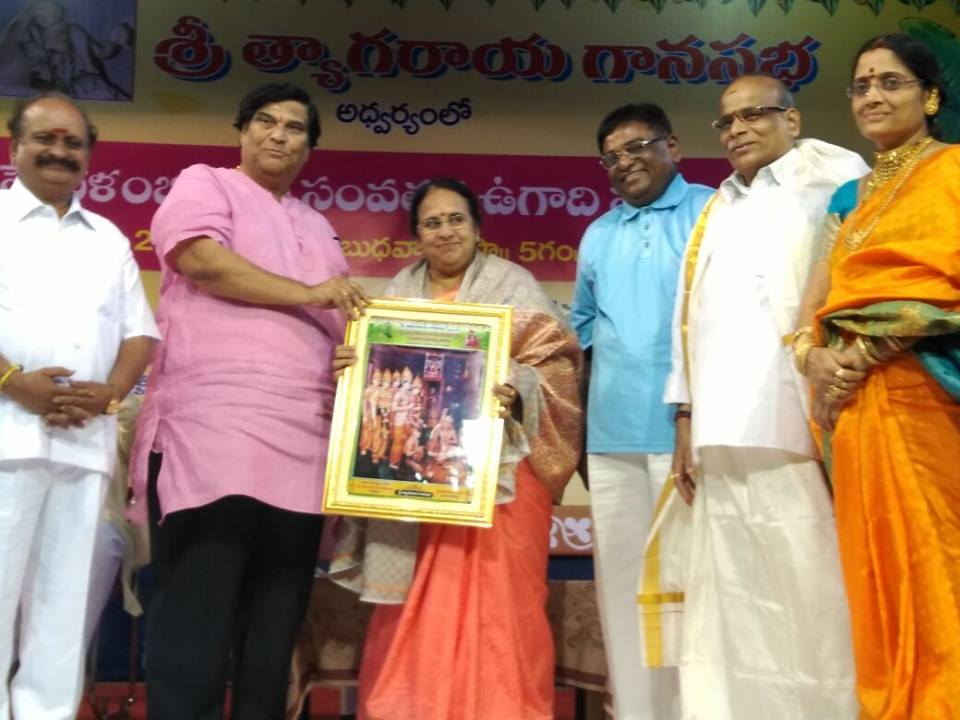
14 Ugadi Puraskar -2017 by Tyagaraya Gana Sabha 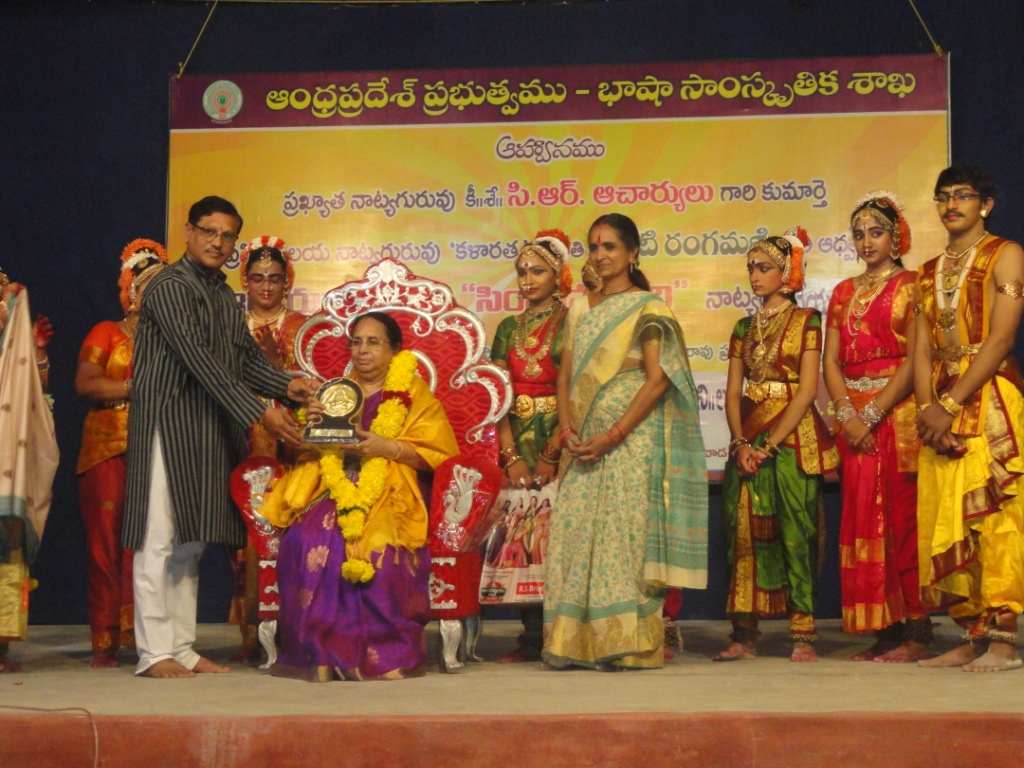
15 Vijayawada Govt. Music College 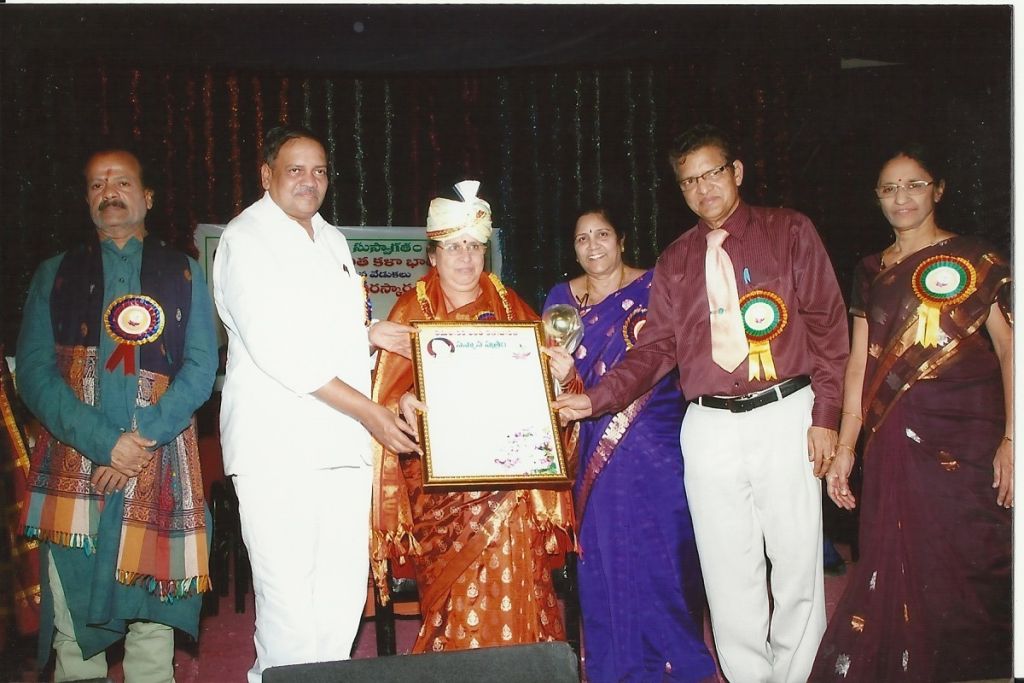
16 Vishista Ratna Puraskaram 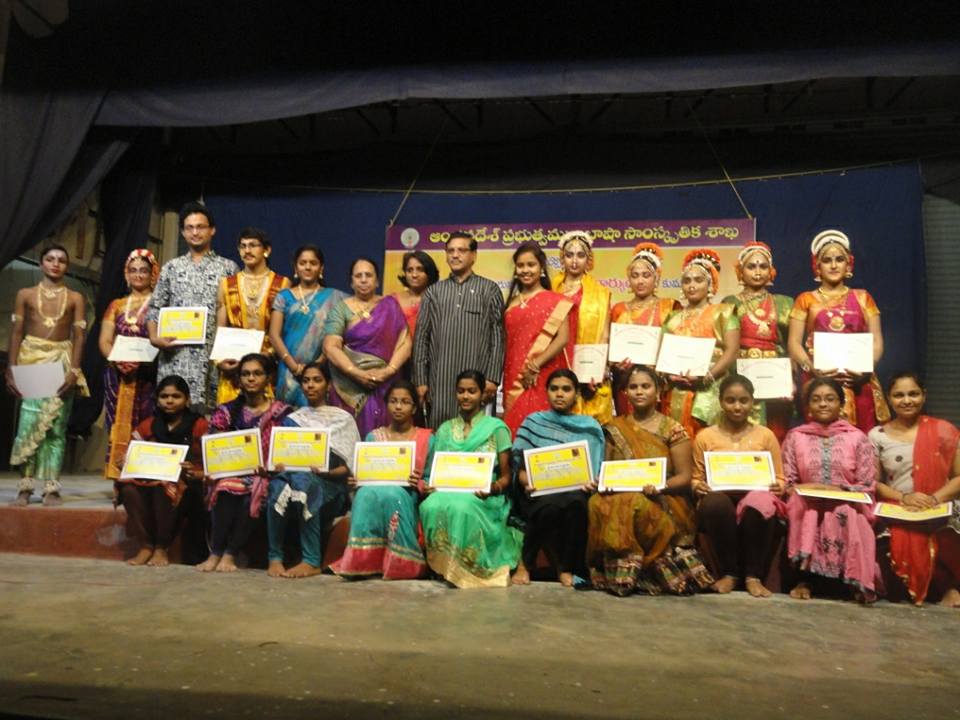
21 Workshop at Vijayawada 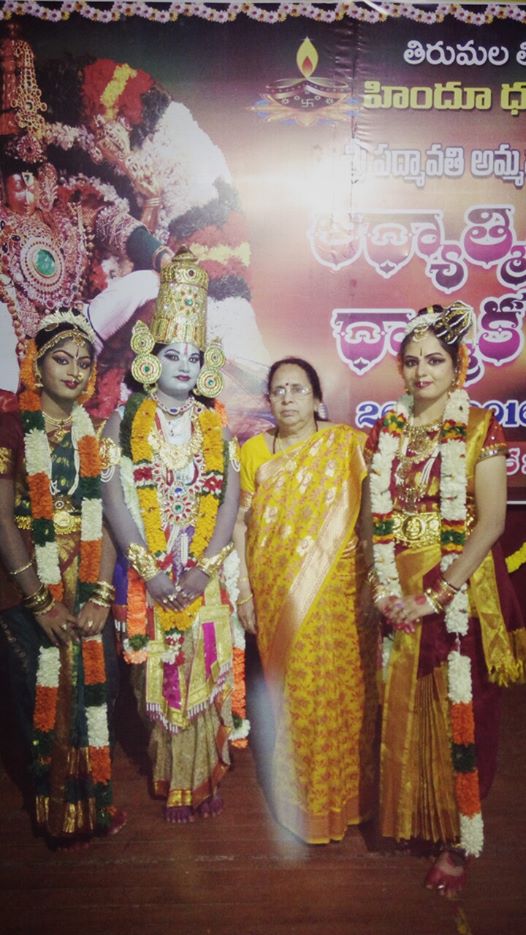
32 Alamela manga vilasam ballet at tirupathi 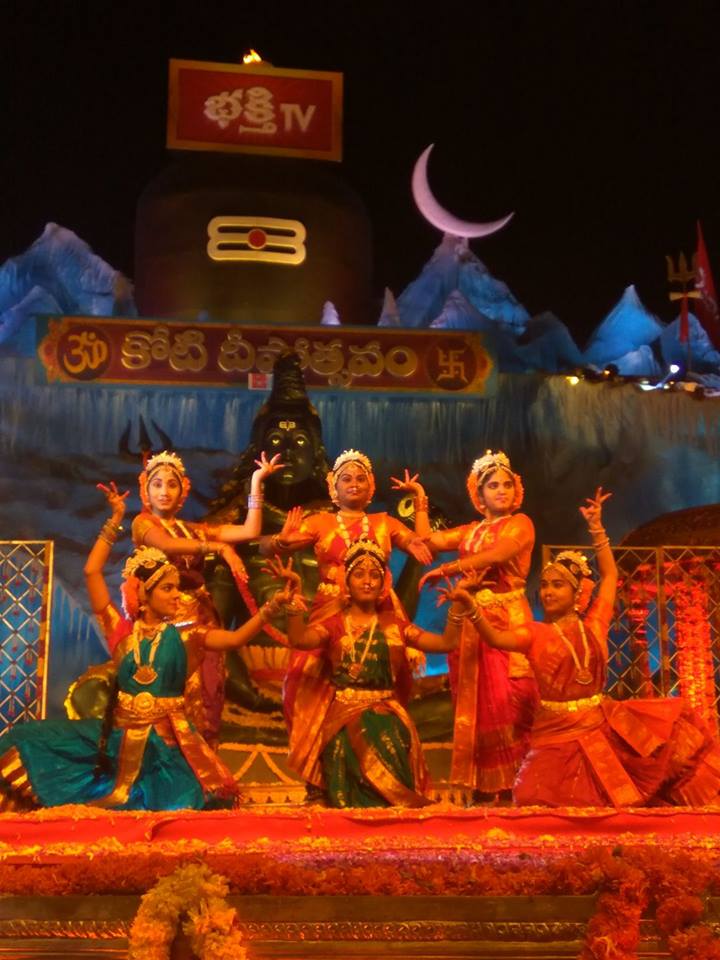
27 koti deepotsavam 
30 Sree Rekha as Goda Devi in Goda Kalyanam 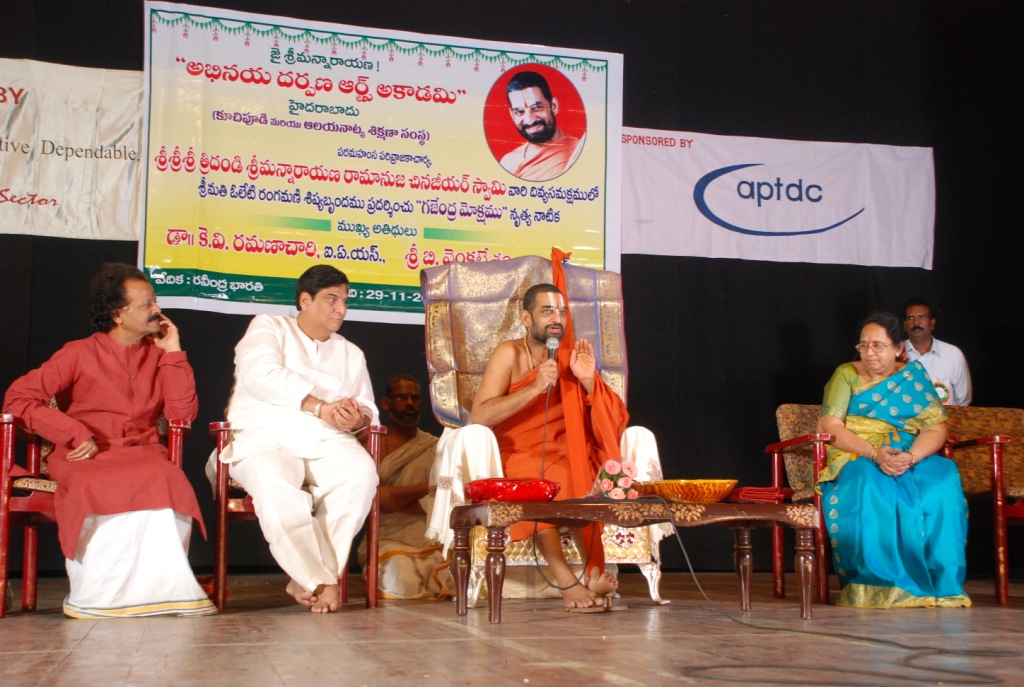
28 Sri Chinna Jeeyar Swamy graced our program at Ravindra Bharathi 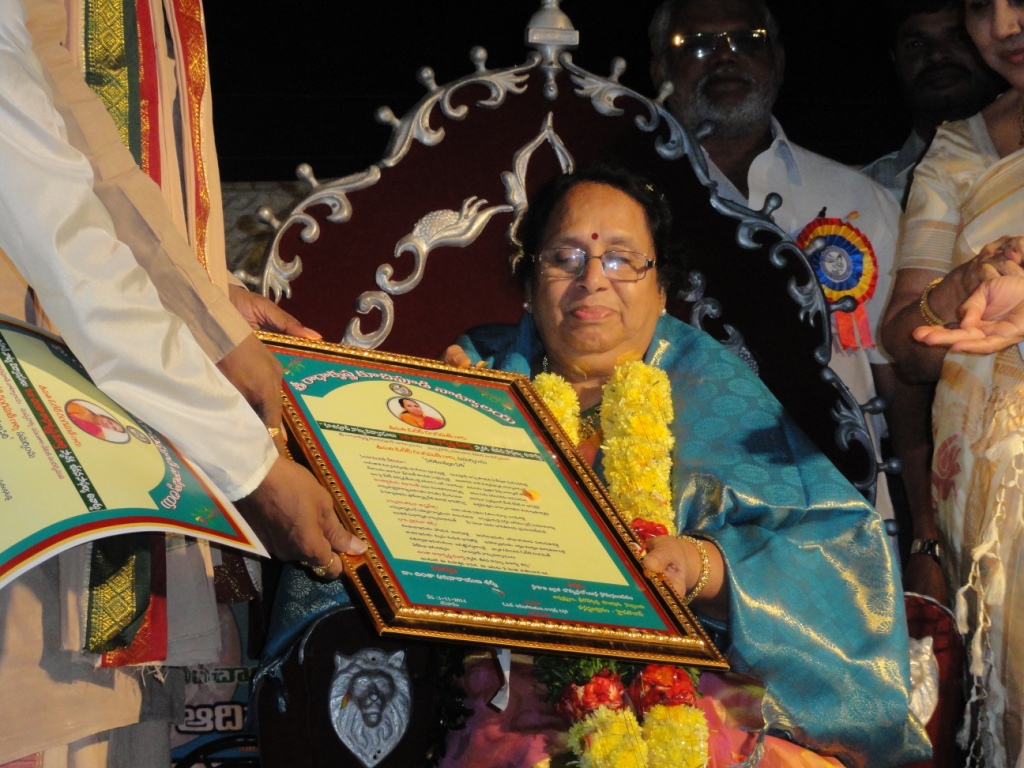
06 Natyaramani Award 